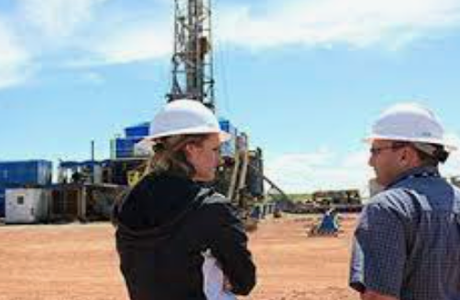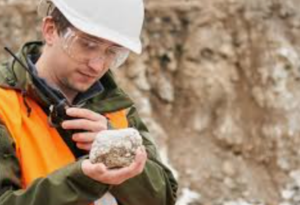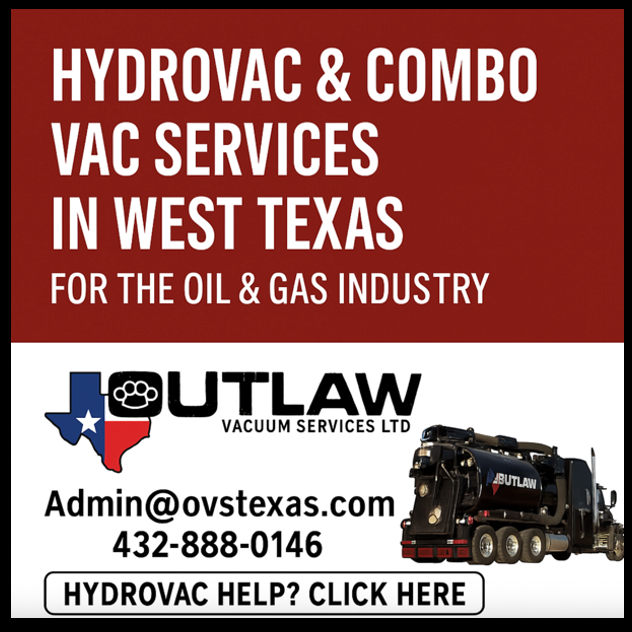Health, Safety, and Environment (HSE) professionals play a crucial role in the oil and gas industry to ensure the safety of personnel, protection of the environment, and compliance with relevant regulations. Their responsibilities may vary depending on the specific company, project, or location.
Oil & Gas Data Download Center
HSE Personnel Contact List
Detailed list of HSE personnel working for Oil & Gas Operators in the US.
Here are some common roles and responsibilities of HSE personnel in the oil and gas sector:
- Safety Compliance: Ensuring that all activities in the oil and gas industry are conducted in compliance with local, national, and international safety regulations. This includes adherence to standards such as OSHA (Occupational Safety and Health Administration) and API (American Petroleum Institute).
- Risk Assessment: Identifying and assessing potential risks and hazards associated with oil and gas operations, including drilling, production, transportation, and refining. Developing strategies to mitigate these risks.
- Emergency Response: Developing and implementing emergency response plans for various scenarios, including oil spills, fires, explosions, and other safety incidents. Conducting drills and training employees on emergency procedures.
- Safety Training: Providing safety training to workers and contractors to ensure they are aware of safety procedures, the proper use of personal protective equipment (PPE), and safe work practices.
- Environmental Protection: Monitoring and managing environmental impacts of oil and gas operations, including air and water quality, waste disposal, and wildlife protection. Ensuring compliance with environmental regulations.
- Incident Investigation: Investigating safety incidents and accidents to determine their causes and develop strategies to prevent recurrence. This can include root cause analysis.
- Safety Audits and Inspections: Conducting regular safety audits and inspections of facilities, equipment, and work sites to identify and rectify potential safety hazards.
- HSE Management System: Developing, implementing, and maintaining a comprehensive Health, Safety, and Environment Management System (HSE-MS) that guides the company’s efforts in these areas.
- Behavioral Safety: Promoting a safety culture within the organization, including promoting safe behaviors and reporting near misses or unsafe conditions.
- Regulatory Liaison: Serving as a point of contact with regulatory agencies and ensuring that all required permits and licenses are obtained and maintained.
- Record Keeping: Maintaining records of safety incidents, training, audits, and compliance efforts.
- Safety Technology: Utilizing and sometimes implementing new technologies, such as sensors and monitoring systems, to enhance safety and environmental protection.
- Community Relations: Engaging with local communities to address their concerns and promote a positive relationship with the company.
- Sustainability: Developing and implementing sustainability initiatives and ensuring that the company minimizes its impact on the environment.
HSE professionals in the oil and gas industry are essential for protecting workers, the environment, and the reputation of the company. Their role is not only about compliance but also about fostering a culture of safety and environmental responsibility within the organization.
Additional Contacts




